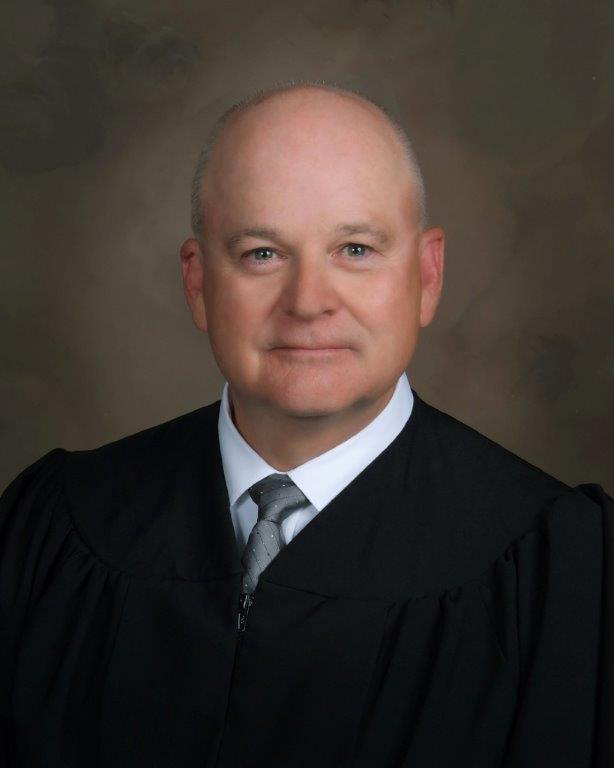 By JONATHAN ZWEYGARDT
By JONATHAN ZWEYGARDT
Hays Post
As the number of felony drug cases in Ellis County and the state of Kansas continues to rise, officials in Ellis County have created a drug court in an effort to change a system that isn’t working.
The court, which begins this week, is designed to target offenders who are considered high-risk of having a drug problem that has gotten them in legal trouble and help them overcome their addiction while serving as an alternative to jail.
According to the Kansas Sentencing Committee, the number of felony drug cases in Ellis County increased from 91 in 2013 to 159 in 2017 — an increase of 42.7 percent. Kansas has also seen a similar increase in drug offenses during that time, and drug offenses are ranked the top most frequent offenses, according to the sentencing committee.
Chief Judge for the 23rd Judicial District and Drug Court Judge Glenn Braun said local officials with the Hays Police Department, Ellis County Sheriff’s Department, Court Services and Ellis County Attorney’s Office began exploring the idea of implementing a drug court when construction was completed and all departments were moved back in to the Law Enforcement Center.
Braun, along with Court Services Officer and Drug Court Coordinator Teresa Greenwood and the other core members of the drug court team, attended training over the last year and has observed similar drug courts in Saline and Lyon counties and has designed Ellis County court similar to those.
Greenwood said non-violent offenders sentenced for drug possession will be ordered to drug court, and the program will target offenders who are considered “high-risk” of having drug issues. Even if an offender is not sentenced for a drug crime, if authorities determine they have an underlying drug issue, they can also be assigned to the program.
The program will be a minimum of 18 months and consist of five phases, according to Greenwood.
Participants will have supervision from their probation officers, random urinalysis (UAs) and substance use treatment. They will also be provided mental health and medical services if they need them.
Currently, when a defendant is sentenced and placed on probation the high-risk, high-need offenders go to community corrections where they have intensive supervision, according to Braun.
“After I sentence them, I don’t see them again until or unless they have accumulated a whole string of offenses. So by the time I see them, my options really are prison, whether it’s a 120, 180 (days) or a full revocation to serve the balance of their term,” he said. “I really don’t have a lot of other options.”
But with drug court, they will go before Braun every other week and will talk with the judge about the issues they are having and will be held accountable.
“They know they are going to have to face the judge and they are going to have to do it every two week,” said Braun. “If they’re messing up, the judge is going to know about it because Community Corrections and Teresa (Greenwood) are going to tell me before I ever see them — every screw-up they’ve had.”
There will also be small incentives available to participants who successfully complete various steps along the way. Greenwood said Community Corrections used grant money to purchase small gift cards that will be used. They will also get incentives for completing phases and when they complete drug court there will be a graduation.
“Recognition that a lot of the participants haven’t had before just for simply following the program and a little bit of an incentive to going and keep doing well,” said Greenwood.
But Judge Braun said the perception that this amounts to “coddling” these individuals is not true.
“The drug court program is probably more difficult for most of those people than just straight probation,” Braun said. “It’s something they probably haven’t experience before, in their lives and (its) just a little something to say, ‘there is a benefit to this’ beside sobriety.”
The drug court officials will also help with the participants getting out in the job market, the area of housing and, if they are involved in child in need of care cases with their children, they can begin to help remediate those issues.
The courts also have a benefit for the community. According to the Nation Association of Drug Court Professionals (NADCP), the courts save up to $13,000 for every person served.
The national completion average for treatment courts is almost 60 percent, and 75 percent of graduates do not reoffend, according to the NADCP.
Green said they expected 11 individuals to take part in the first court on Thursday, but they will continue to add more people every month.
